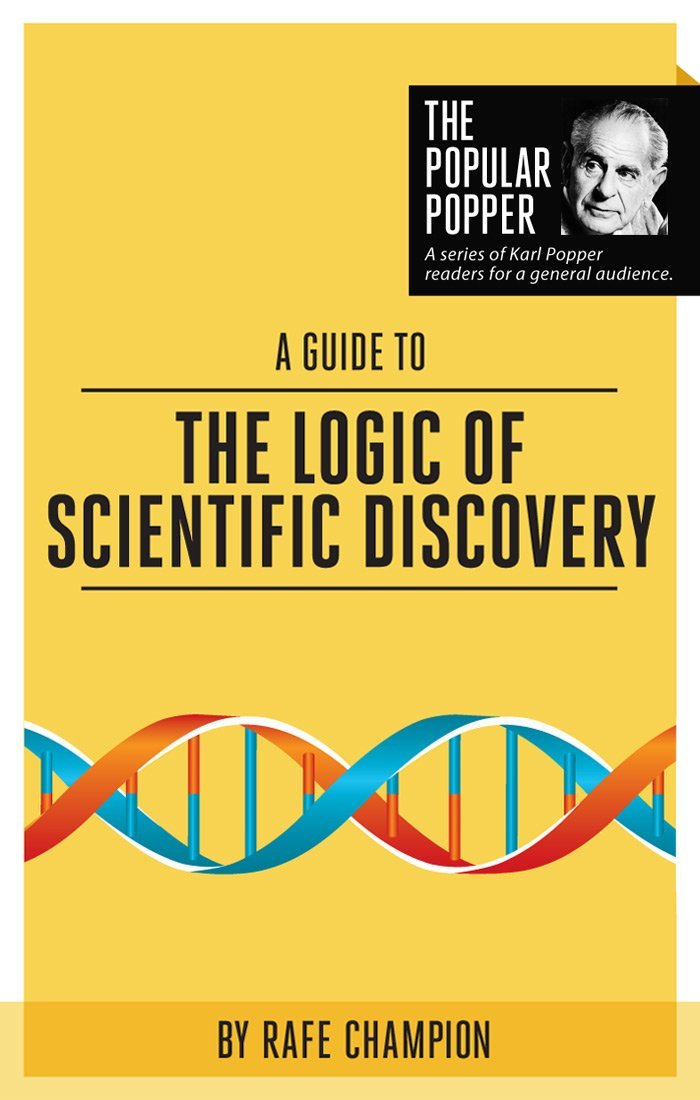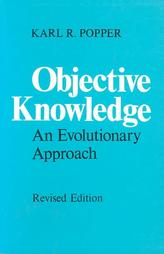The papers in this collection address various aspects of scientific productivity, both the production of knowledge and the delivery of economic returns from scientific research, especially research backed by government funding. It is a miscellaneous collection of pieces written at different times for different purposes, some aiming to make some point about the scientific enterprise, others merely reviews of interesting books. The main theme is to challenge some widespread views about science and scientists.
The first paper is an sketch of the linked systems in the universities, other research bodies and the farming community which enabled Australian farmers to make a success on very unpromising soils. It dates from the time when the university system was being radically re-shaped by ignorant social engineers in the hope of greater administrative efficiency and better economic returns from teaching and research. That was a cruel joke and it would have been clearly perceived as such in the light of experience in the US reported by Jacques Barzun in The American University (1968).
The second piece is an interview with the late Jim Vincent provides some insight into the way the system worked when men in “lab coats and gumboots” turned up to help the farmers . He was a great contributor to applied research in microbiology and I had the good fortune to meet him in his retirement to find what he had to say about his career.
The theme of scientific achievement runs through the obituary for Sir John Eccles and several book reviews which follow. Eccles was born in Melbourne, studied in England, and moved via Sydney to New Zealand where he became a close friend and collaborator with Karl Popper. Francis Crick was the epitome of the Popperian researcher. He achieved fame in partnership with James Watson of The Double Helix and later wrote a reflective memoire of his life in science. Lewis Wolpert achieved the status of a pundit in the philosophy of science and declared Popper the most over-rated philosopher in the 20th century. He edited a valuable collection of interviews with Nobel prizewinners, including Crick and also the prominent biologist Stephen Jay Gould, who made his mark as a leading opponent of “Creation Science”. Apparently Gould liked to think of himself as a ‘New York city street kid’ and his two unfulfilled dreams were to play centre field for the Yankees baseball team, and to sing Wotan at the Met (the leading opera house in New York). The scientists displayed few characteristics in common apart from a burning interest in their vocation and a certain amount of entrepreneurial flair in making the most of opportunities. Many of these arose from the disruption of career paths by the war. For example a bomb destroyed the laboratory where Crick had been painfully making his way as an experimental physicist. Fortunately he was elsewhere doing war work on mines at the time and, after the war, he tossed up between brain research and molecular biology for a change of direction.
Life Among the Scientists is a piece of work in the genre of the anthropology or sociology of science. A team of four headed by Max Charlesworth spent five years of “fieldwork” among the tribe of scientists in the Walter and Eliza Hall Institute of Medical Research in Melbourne. The idea was to test the Received View of scientific method and some would think that was the Popperian approach of conjecture and refutation but the authors appeared to go along with Wolpert’s mean opinion of Popper and he did not get a mention from start to finish of the 450 page report. Later, in another context, Charlesworth mentioned, apparently as a joke on the scientists, that Popper was the only philosopher who was taken seriously by people in the Institute. There is some good reporting in the book and it is recommended (with reservations).
The extended summary of Kealey’s book on the economics of scientific research could be regarded as the centrepiece of this collection because it touches so many of the issues touched by the other contributions. I found the book at the University of Sydney book fair, at the knockdown price of four dollars (this was well before the collapse of the book trade). It has been culled, clean enough to be unread, from the science library.
Kealey challenged what he called the conventional “Baconian” view that state-funded basic research feeds into technological developments which drive progress in human welfare. Bacon is often regarded as the father of the modern “inductive” scientific method. Kealey proposed what he called the Adam Smith model where the state has no special role to play. Old technology, in a give and take relationship with basic research, generates new technology (and new science) and promotes wealth and welfare.
He backed his thesis with a tour de force of historical scholarship from antiquity to the European Union and sophisticated analysis of data in modern times when more or less reliable statistical information became available. Trade and commerce emerged as the friends of research and human welfare alike with the state relegated to a minor role, as Smith put it,
“Little else is requisite to carry a state to the highest degree of opulence from the lowest barbarism, but peace, easy taxes, and a tolerable administration of justice; all the rest being brought about by the natural course of things.”
Kealey noted the tendency towards contempt for industry and trade (and manual work) among philosophers and the aristocracy from Plato and Aristotle to the present day. He charted the important commercial innovations that came from the small Italian states and the Netherlands, followed by the Agricultural Revolution in Britain, with credit to farmers like “Turnip” Townsend in partnership with the associations of amateur scientists at the time. Then came the Industrial Revolution which permitted the population of Britain to triple while real per capita income doubled in real terms across all classes. He described the welfare/warfare state designed by Bismarck and he criticised the illusion that German science and industry prospered under state protection.
Wars became major drivers of Big Government and also Big (and wasteful) Science. He produced evidence to demonstrate (a) basic research contributes very little to progress in industry, compared with on-site modifications of existing plant and (b) industry will fund basic research anyway, subject to three “laws of funding for civil R&D”. The third law, which he corroborated, states that public funds not only displace private funds for research, but displace more than the sum of public funding (hence a net reduction in research expenditure).






